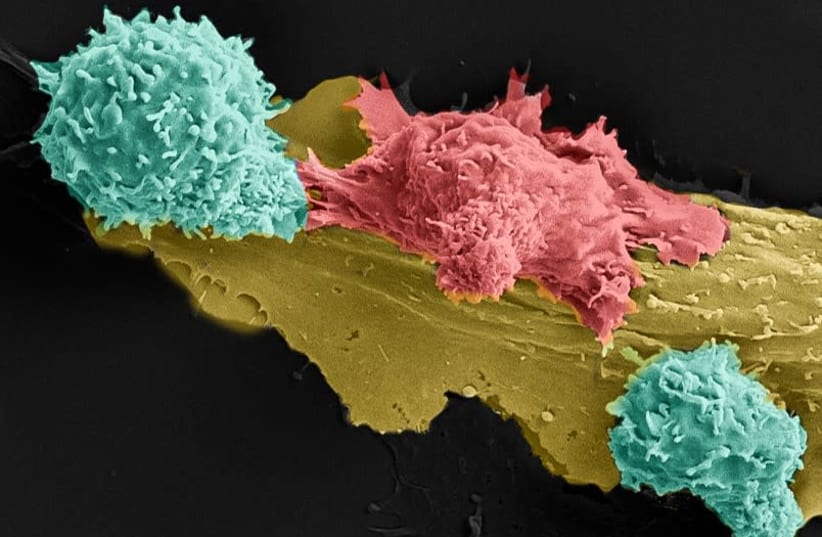The study's authors, Assistant Professor Debbie Yablonski and doctoral student Enas Hallumi, have identified an adaptor protein called Gads, which acts as a barrier to prevent unnecessary immune responses. “In the present study, we discovered a mechanism that developed in the course of evolution to prevent false alarms, meaning a situation in which the body’s immune response spirals out of control and is liable to harm the organism itself by creating inflammation and other disorders,” Yablonski said of the discovery.
Adaptor proteins are a part of signal transduction pathways that allow chain reactions to carry out certain biological responses in cells. The Gads adapter serves as an activator for the rapid production of immune-fighting T-cells to target foreign invaders and "mobilize other cells" to rid the body of infections, tumors, diseases and other unwelcome entities.
T-cells sometimes malfunction, either through hypo-activity (not enough of a response), that leads to a disease's progression, or through hyper-activity (too much of a response), that can result in an autoimmune disease or a "cytokine storm."
This "cytokine storm," (hypercytokinemia) is a condition in which the body produces an extreme and deadly immune response, often seen in the coronavirus and other viral raspatory infections.
According to the study's findings, Gads can stop a cytokine storm, as it bars the immune response while T-cells are not activated; only after an invader is detected does the Gads protein bind with two others, LAT and SLP-76, to form a multimolecular complex that opens a "gate" for T-Cells to attack.
The study was published by the Journal of Immunology on May 15.
